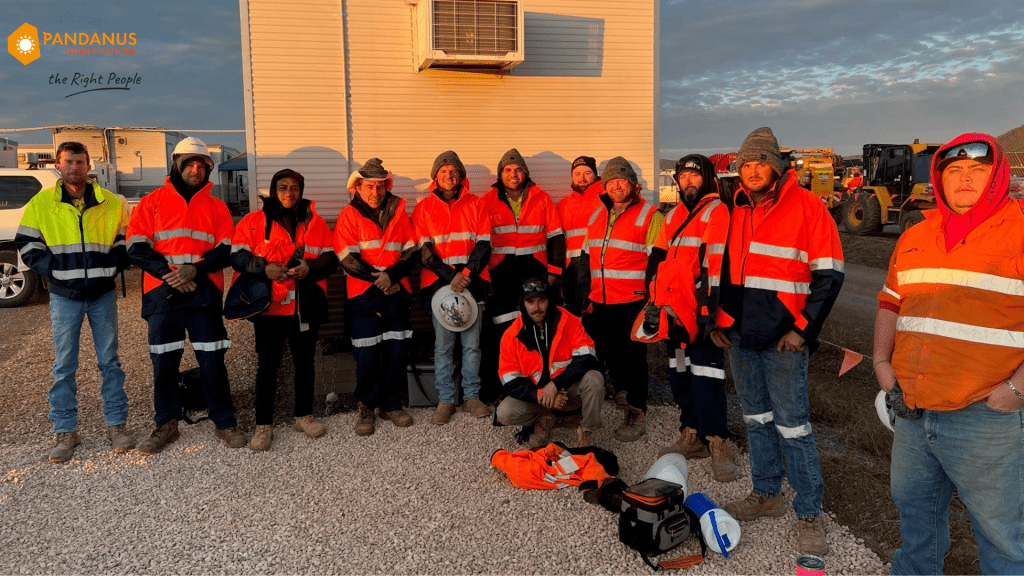
Labour Hire
Diversity Drives Renewable Energy Success
The renewable energy sector is one of the fastest-growing industries worldwide, driven by the urgent need for sustainable solutions to combat climate change. As Australia…

The renewable energy sector is one of the fastest-growing industries worldwide, driven by the urgent need for sustainable solutions to combat climate change. As Australia…

As the world races toward achieving net zero emissions by 2050, Australia finds itself at a critical juncture. Blessed with abundant natural resources, Australia has…

Introduction The renewable energy sector is at the forefront of technological innovation, continuously evolving to meet global sustainability goals. Technologies like automation, artificial intelligence (AI),…

Introduction Australia’s renewable energy sector is growing at an unprecedented pace, fuelled by the country’s abundant natural resources and strong policy support. However, the…
